One of the most common concerns expressed by people considering Asian double eyelid surgery is swelling. The goal of Asian eyelid surgery is to create a well-defined eyelid crease, or to create an eyelid crease when it’s absent, as about half of people of Asian descent are born without an eyelid crease. It is common for a higher eyelid crease than expected to appear soon after surgery, but this appearance is usually temporary due to swelling during healing. I’ll explain what causes swelling after Asian eyelid surgery, and how I reduce post-surgical swelling.
In my experience, a significant number of Asian eyelid surgery patients who had their surgery done elsewhere contact me to express their dissatisfaction with the appearance of their creases after surgery. This also applies to my own patients, who are concerned that their eyelid creases will appear too high soon after surgery. This appearance is caused by swelling between the eyelid margin and the crease, according to the explanation. As the swelling subsides, the crease level appears more natural.
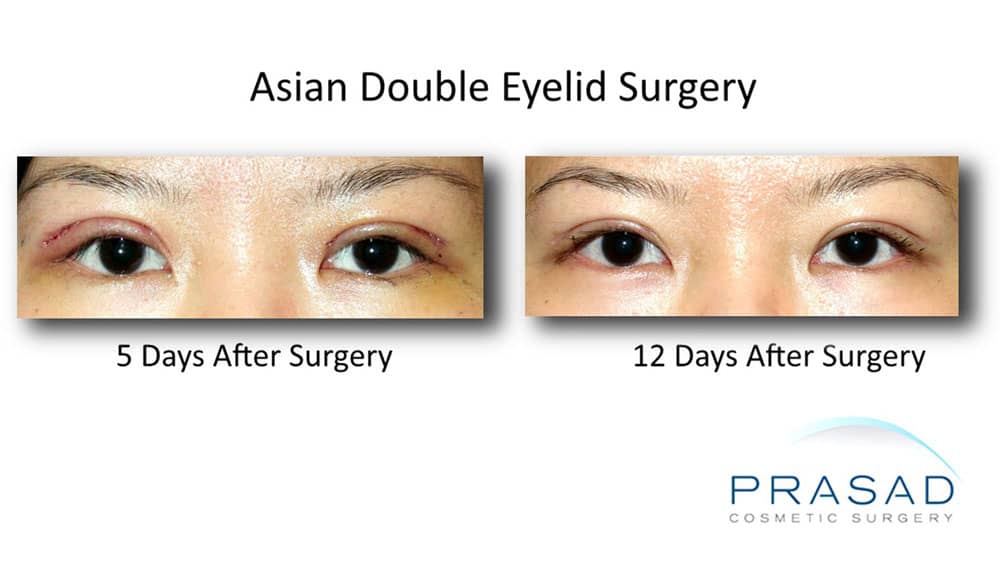
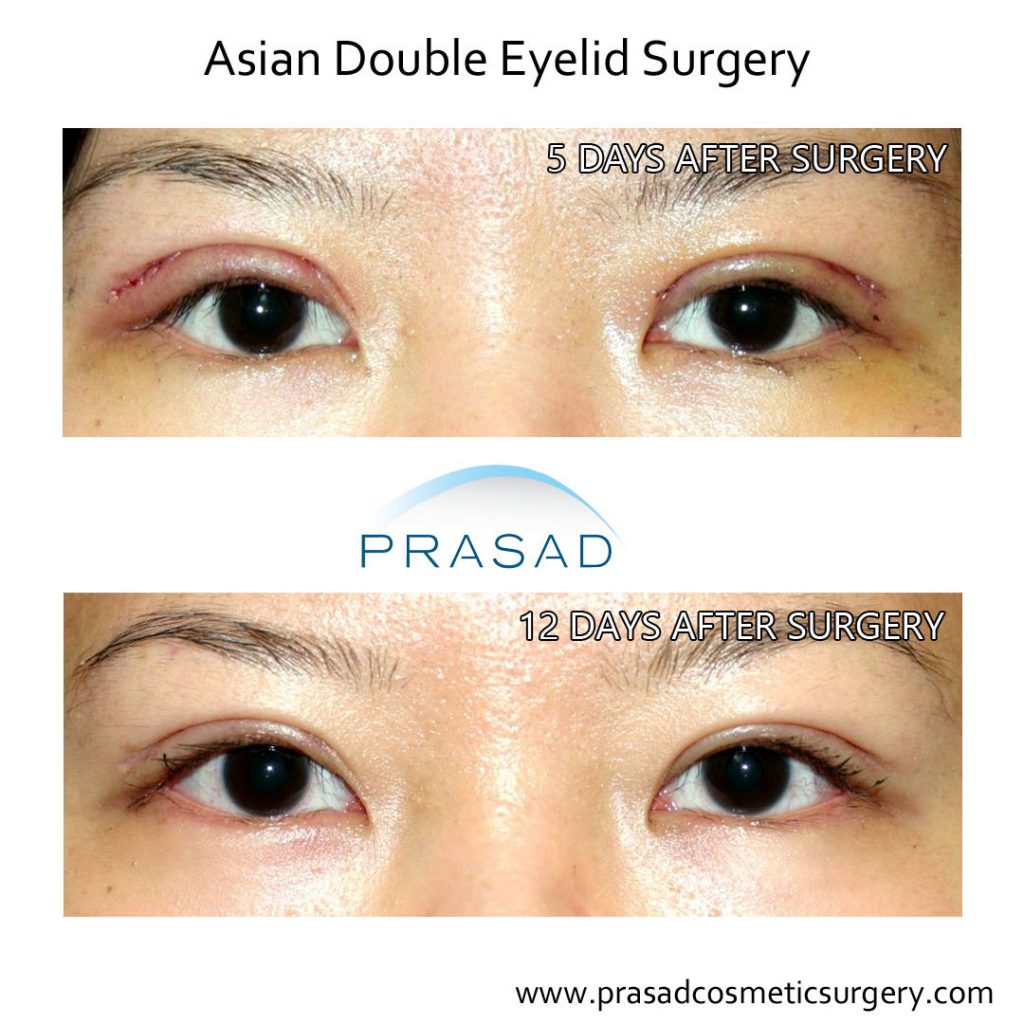
How to Minimize Post-Surgery Swelling
As a surgeon, the first thing I do to reduce swelling after Asian double surgery is to perform the procedure in a way that minimizes swelling. This is accomplished by performing the surgery under local anesthesia and LITE IV sedation. This allows for greater control over anesthesia-related swelling, such as coughing and post-operative nausea and vomiting, which are more common with general anesthesia.
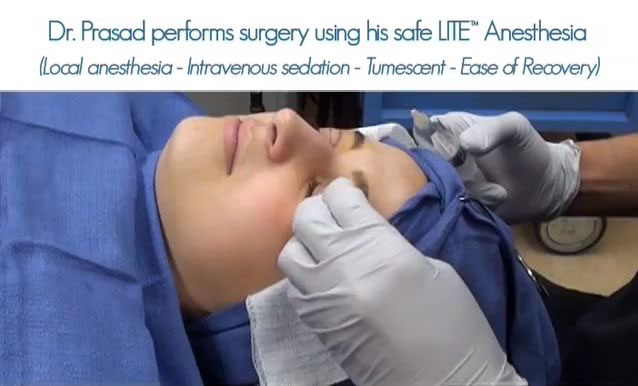
The type of double eyelid surgery performed influences the degree of swelling, and the duration of the swelling. The incisional method of Asian double eyelid surgery, for example, typically involves the removal of excess fat that prevents an eyelid crease from forming, as well as the excising of redundant skin if necessary. After the excess fat and skin are removed, the upper eyelid skin is sutured to the levator muscle.
The eyelid crease is formed by the connection between the eyelid skin and the levator muscle. If there is no redundant skin or excess fat to be removed, as is common in younger people who do not have an eyelid crease, I perform a non-incisional procedure. I accomplish this by making small incisions in the upper eyelid through which sutures are passed to connect the eyelid skin to the levator muscle, thereby forming an eyelid crease. In general, I find that non-incisional surgery results in less temporary swelling than incisional surgery.
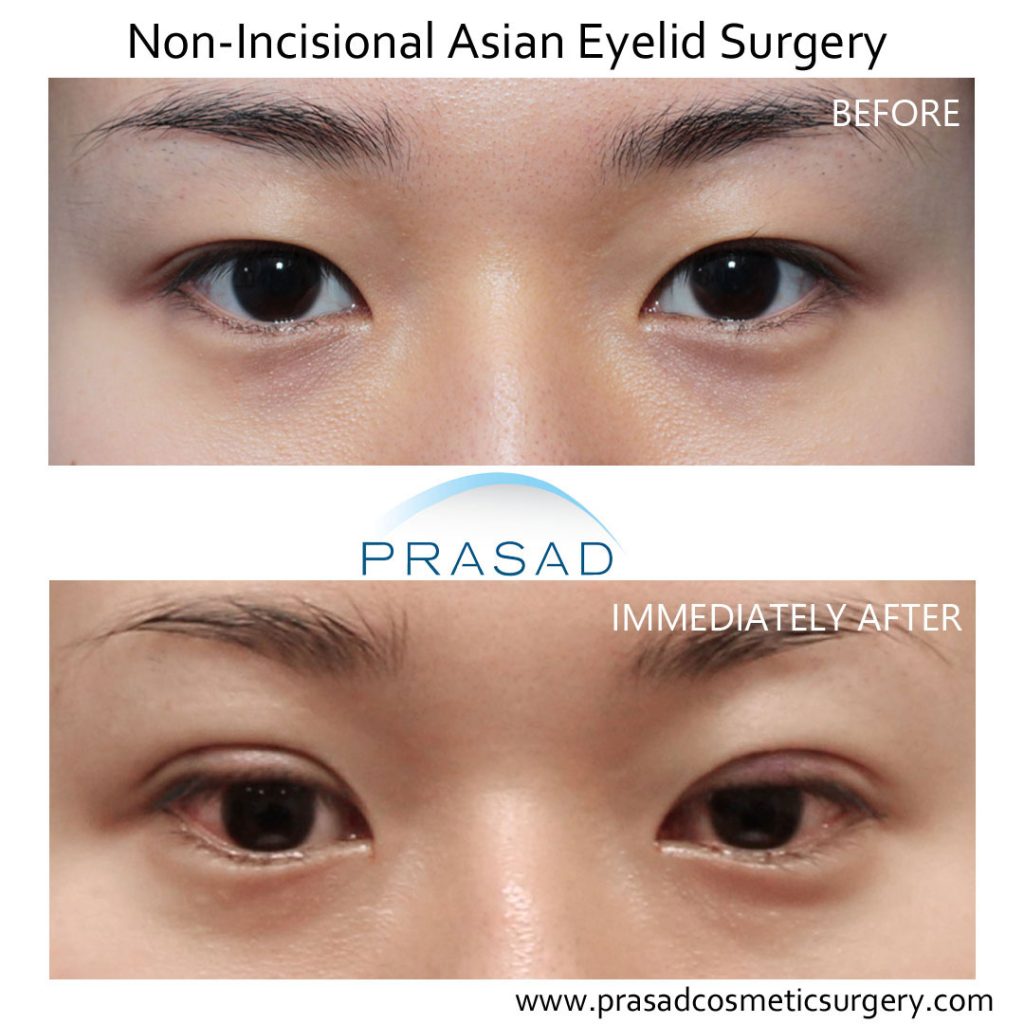
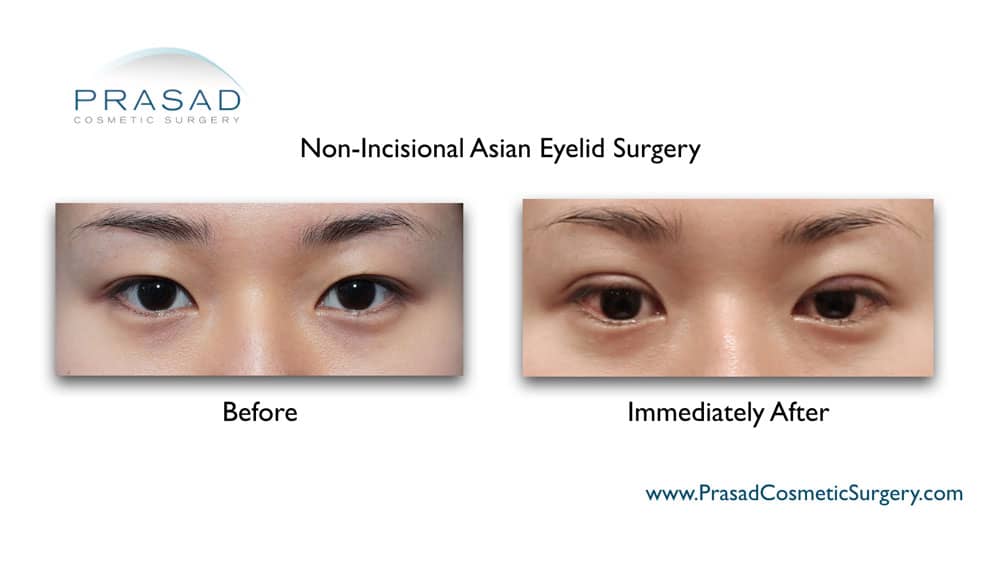
Recovering from Asian Blepharoplasty Surgery
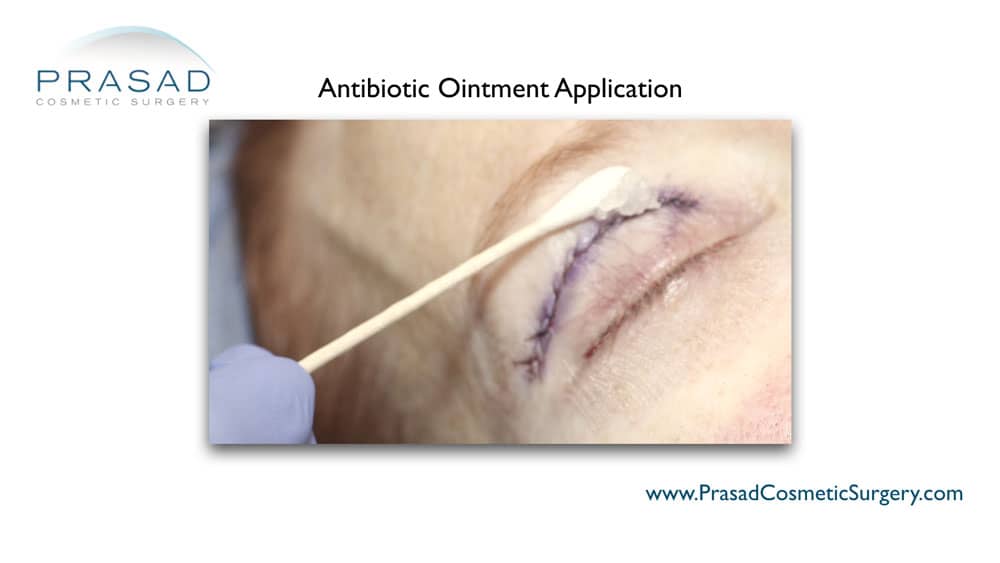
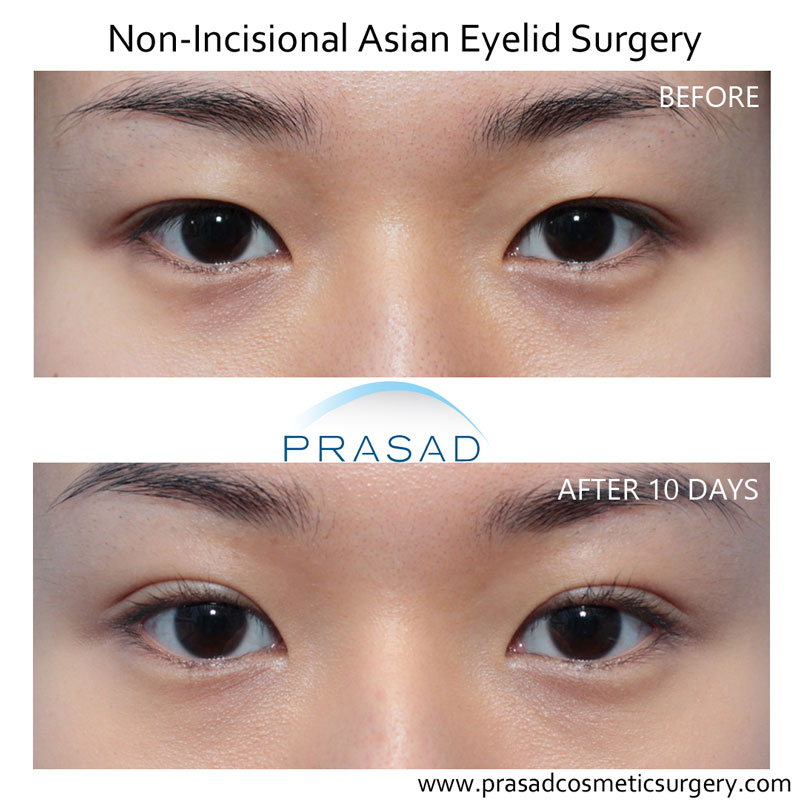
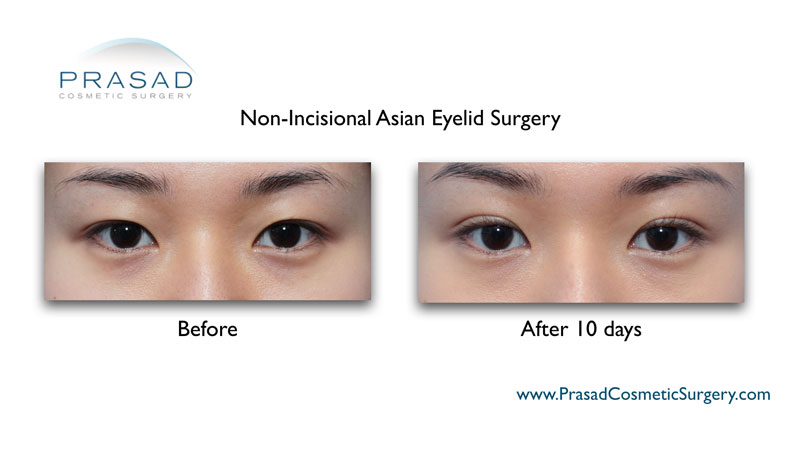
The swelling between the eyelid margin and the eyelid crease in Asian eyelid surgery, in my opinion, is caused by a compression effect that is unique to this type of surgery. Since the skin is not usually sutured to the levator muscle in the same way in non-Asian upper eyelid surgery, the same level of swelling in this area is less common.
The proliferative stage of wound healing refers to the first month of healing after any surgery. This is the time when new collagen and blood supply are formed.
After the first month, the wound healing remodeling stage begins, during which collagen becomes more organized.
How Long Does Swelling Last After Eyelid Surgery?
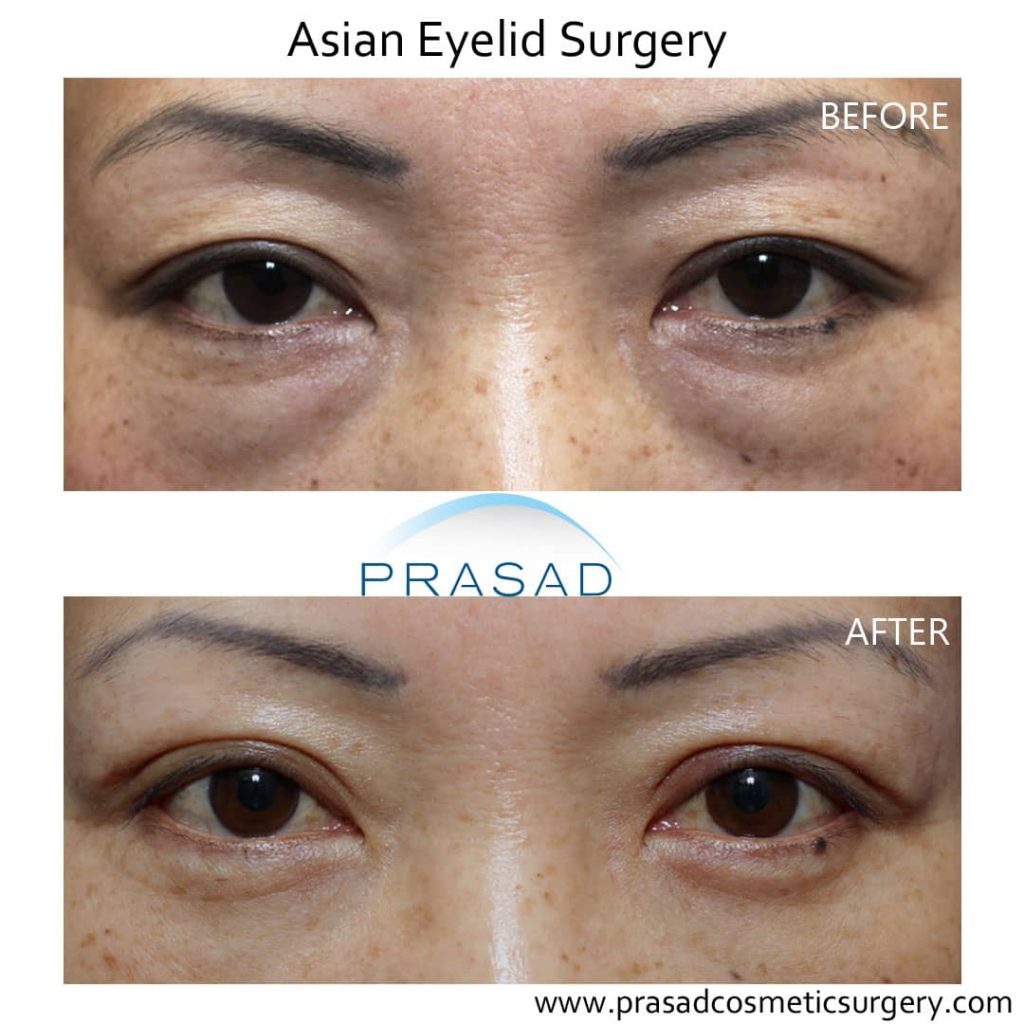
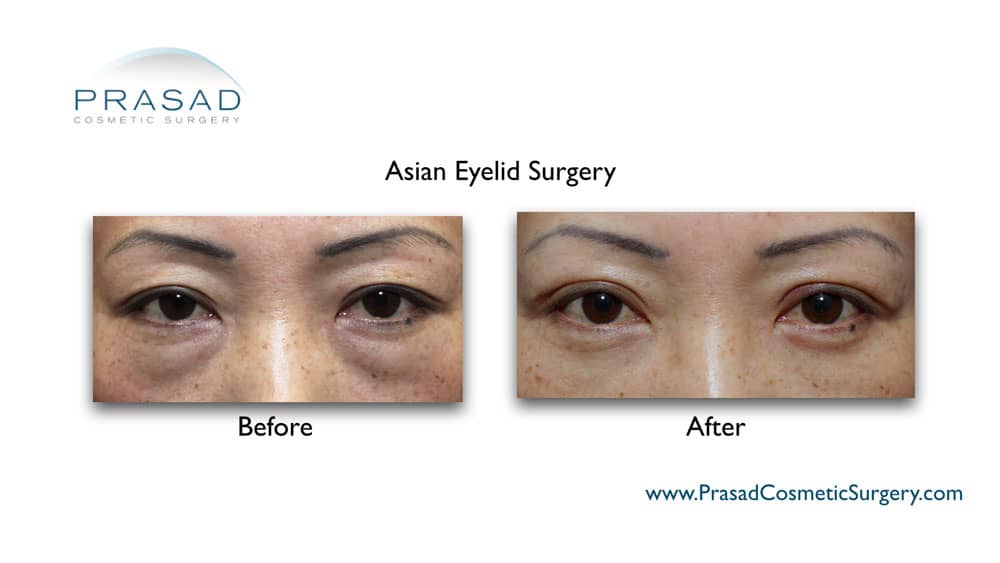
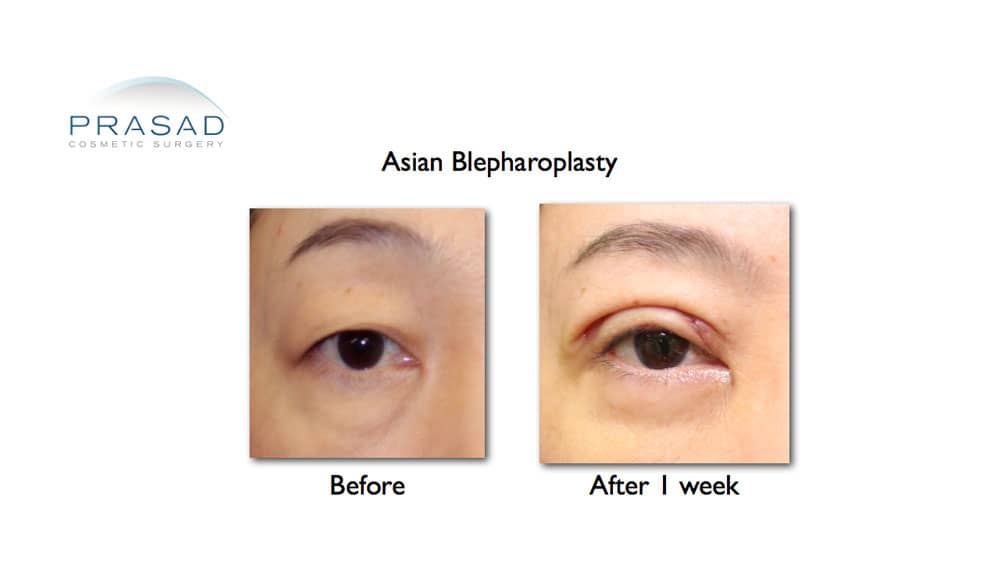

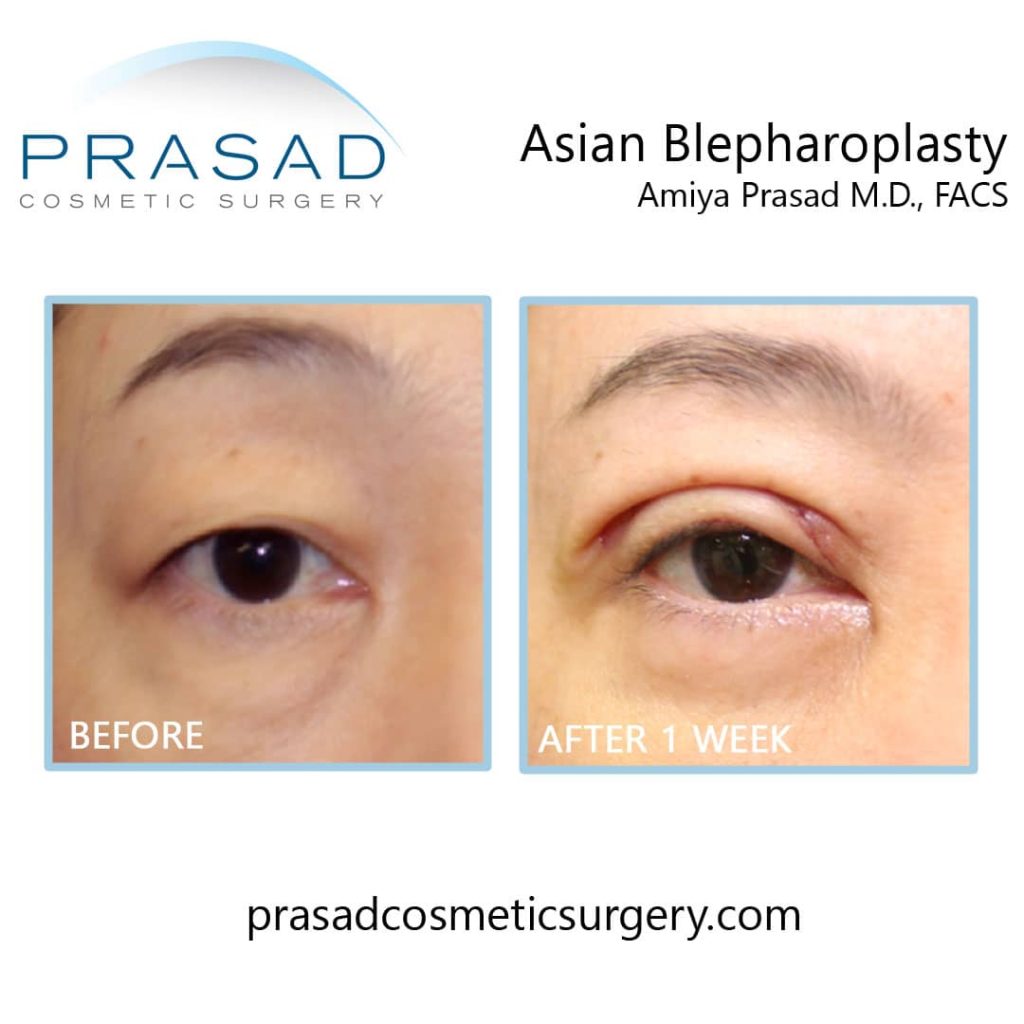
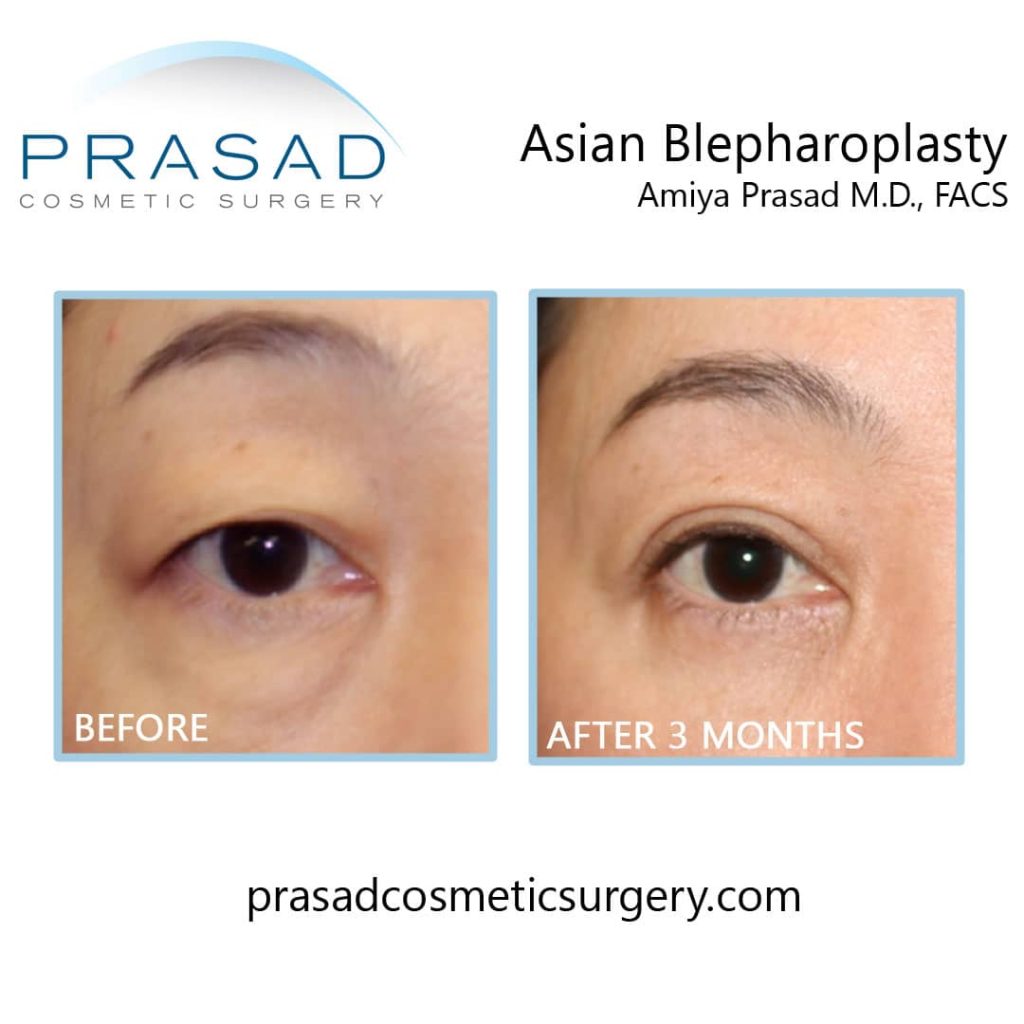
How Long Does it Take to Recover from Double Eyelid Surgery
Double Eyelid Blepharoplasty NYC and Long Island New York
Dr. Amiya Prasad is a Board-certified cosmetic surgeon, and is also a Fellow in oculoplastic surgery. He has been in practice for over 25 years in Manhattan and Long Island. He specializes in all types of cosmetic eyelid surgery, including Asian double eyelids, hooded eyes, under eye bags, and specialized procedures such as eyelid ptosis. In addition, he performs corrective or revision surgery for complications from procedures performed by other doctors, such as upper, and lower eyelid retraction. To schedule an appointment, fill out the form below, or you may call any of our offices at (212) 265-8877 Manhattan, New York City or Garden City, Long Island at (516) 742-4636; or Vienna, Virginia at (703) 356-1336.
